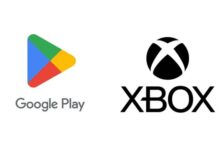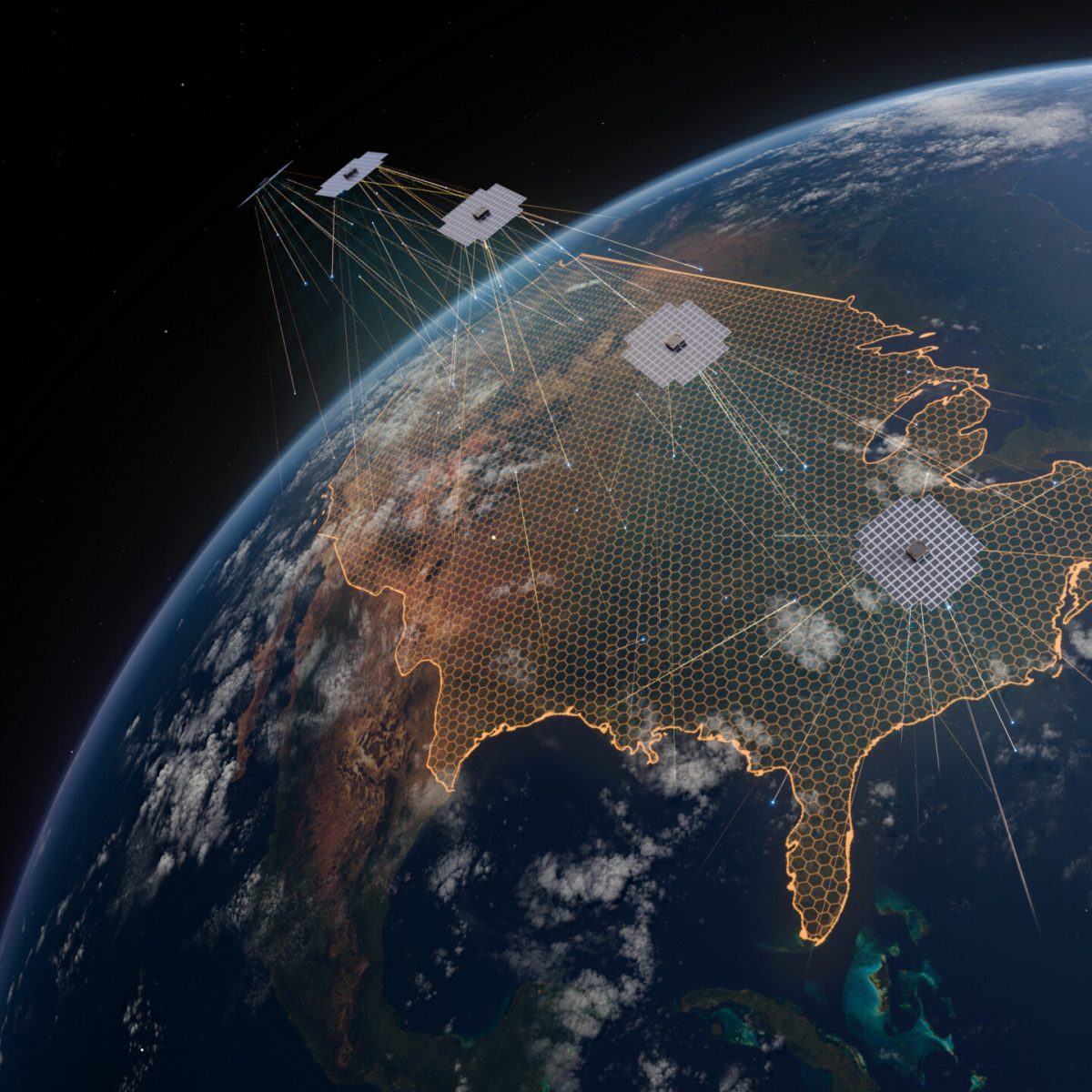AST SpaceMobile Successfully Deploys First Production Satellites for Direct-to-Smartphone Services
AST SpaceMobile, a pioneering company in the field of satellite-to-smartphone communications, has achieved a significant milestone. The company announced on October 25th that it has successfully deployed its first set of five production satellites, which were launched by SpaceX into low Earth orbit (LEO) last month. This achievement marks a crucial step in AST SpaceMobile’s mission to provide direct broadband connectivity to smartphones, even in areas without traditional cellular coverage.
Each of these newly unfolded satellites, known as Block 1 BlueBirds, boasts a solar array spanning approximately 64 square meters. This is currently the largest solar array commercially deployed in LEO, matching the dimensions of the company’s earlier prototype, the BlueWalker-3, which was launched two years ago. The expansive solar arrays are key to powering the satellites’ operations, allowing them to provide consistent and reliable service.
Based in Texas, AST SpaceMobile is currently conducting thorough in-orbit health checks on these satellites to ensure they are ready for operational service. Although the company is eager to begin offering services in the United States, it still requires regulatory approval to test services using wireless frequencies provided by major telecom partners, AT&T and Verizon. This regulatory hurdle is a common challenge in the satellite telecommunications industry, where coordination with national and international regulatory bodies is essential to avoid interference with existing services.
AST SpaceMobile’s initial focus is on assisting U.S. telecom companies in maintaining connectivity for their subscribers in areas lacking traditional cellular coverage. This is particularly valuable in remote and rural areas, where laying physical infrastructure is often impractical or too costly. However, the company has already secured permissions to test its wireless frequencies in several other countries, indicating a broader international strategy.
In the competitive landscape of direct-to-smartphone satellite services, AST SpaceMobile is not alone. SpaceX, another major player, has already launched over 100 satellites designed for direct-to-smartphone connectivity and has partnered with T-Mobile in the U.S. Both companies have recently been granted temporary permission by the Federal Communications Commission (FCC) to provide emergency alerts and texting services in areas affected by hurricanes in North Carolina and Florida, where traditional cell towers were knocked out.
Lynk Global, another competitor in this space, has yet to announce a U.S. telecom partner but has started offering commercial services in several island nations. Using five satellites in LEO, Lynk Global is enabling intermittent connectivity, which serves as a proof of concept for their technology and an essential service for these locations.
AST SpaceMobile asserts that its current fleet of five BlueBird satellites is capable of providing intermittent connectivity across the United States, amounting to less than an hour of connectivity per day. For continuous service, the company estimates that it will need between 45 and 60 satellites to offer uninterrupted text, voice, and data services across the country. This underscores the scalability of their satellite network and the vast potential for growth as they continue to deploy more satellites.
Looking ahead, AST SpaceMobile has ambitious plans to launch the next generation of satellites, known as Block 2 BlueBirds, starting next year. These new satellites will feature 10 gigahertz of processing bandwidth each, offering ten times the capacity of the Block 1 BlueBirds, and supporting peak data rates of up to 120 Mbps. This increase in bandwidth and data rate will significantly enhance the quality and reliability of the services provided to end-users.
In a recent development, the Space Development Agency has selected AST SpaceMobile, along with 18 other companies, to participate in the Hybrid Acquisition for Proliferated Low Earth Orbit (HALO) program. This initiative aims to accelerate the development of satellite technologies, underscoring the critical role of innovative companies like AST SpaceMobile in advancing satellite communications.
Understanding the Technology and Its Implications
For those unfamiliar with the technical aspects, LEO satellites operate at altitudes between 200 and 2,000 kilometers above the Earth’s surface. This proximity allows them to provide faster and more reliable connections compared to geostationary satellites, which orbit much higher above the Earth. However, because LEO satellites cover smaller areas and move quickly across the sky, a network of multiple satellites is required to ensure continuous coverage.
The direct-to-smartphone technology being developed by AST SpaceMobile and its competitors represents a significant shift in how we might access mobile services in the future. Unlike traditional satellite phones, which require specialized equipment, this technology aims to enable standard smartphones to connect directly to satellites. This could revolutionize connectivity in remote and underserved areas, providing critical communication links where none previously existed.
The Broader Impact and Industry Reactions
The introduction of direct-to-smartphone satellite services has the potential to disrupt the telecommunications industry. By bypassing the need for extensive ground-based infrastructure, companies like AST SpaceMobile could offer more affordable and accessible services to a global audience. This could lead to increased competition in the telecom sector, driving innovation and potentially lowering costs for consumers.
Industry experts have expressed optimism about the potential of this technology. Some analysts predict that as satellite technology continues to advance, it will become an integral part of global telecommunications networks, complementing existing cellular infrastructure and filling gaps in coverage.
However, there are challenges to overcome. Regulatory approval processes can be complex and time-consuming, and the technology itself must be continually refined to meet the demands of a growing user base. Additionally, companies must navigate partnerships with existing telecom providers to ensure seamless integration of satellite services with current networks.
Conclusion
AST SpaceMobile’s successful deployment of its first production satellites marks a significant milestone in the evolution of direct-to-smartphone satellite services. With its innovative technology and strategic partnerships, the company is well-positioned to make a substantial impact on the telecommunications landscape. As it moves forward with plans to expand its satellite network and enhance its service offerings, AST SpaceMobile is poised to play a crucial role in shaping the future of global connectivity.
For more information on AST SpaceMobile and its developments, you can visit the original article on Space News.
For more Information, Refer to this article.



































